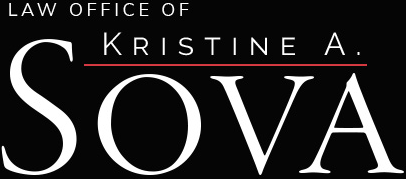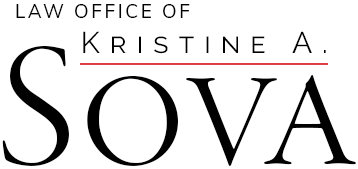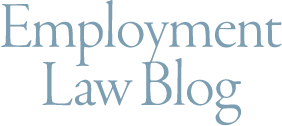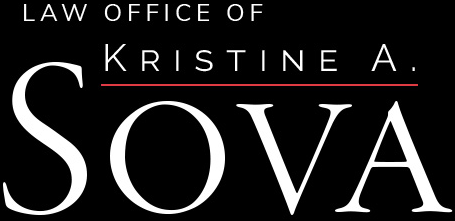The Families First Coronavirus Response Act (the “FFCRA”), which was effective April 1, 2020 and ends December 31, 2020, provides small and midsize employers (under 500 employees) with refundable tax credits that reimburse them, dollar-for-dollar, for the cost of providing paid sick and family leave wages to their employees for qualifying leave related to COVID-19.
What does the tax credit cover?
The tax credit specifically covers the following:
- 100 percent of wages paid to an employee taking an eligible leave under the FFCRA, plus
- Any qualified health plan expenses allocable to those wages, plus
- The amount of the employer’s share of Medicare taxes imposed on those wages.
How do employers obtain the tax credit?
The tax credit can be claimed a few ways. An employer can claim the credit on its quarterly federal employment tax returns (IRS Form 941 – Employer’s Quarterly Federal Tax Return) or it can reduce its federal employment taxes to cover the amount of the anticipated credits.
If an employer has insufficient federal employment taxes to cover the amount of the credits, an employer may request an advance payment of the credits by submitting IRS Form 7200 – Advance of Employer Credits Due to COVID-19.
An employer may also get a refund if the amount of credits is more than federal employment taxes owed by the employer.
What records must employers retain to obtain the tax credit?
In order to obtain the tax credit, employers must retain records and documentation that support each employee’s need for FFCRA leave (outlined in more detail below), IRS Form 941, IRS Form 7200, and any other applicable filings made to the IRS requesting the credit. All records should be maintained for at least four years after the date the tax becomes due or is paid, whichever is later.
As noted above, in order to obtain the tax credits, employers must retain records that support each employee’s need for FFCRA leave. Under IRS guidance, employees must provide notice to their employers of their need to take FFCRA leave. That notice must include the following information:
- Employee’s name
- Date(s) for which leave is requested
- Qualifying reason for the leave with written support for the reason, specifically:
- If the employee is subject to a quarantine or isolation order, the name of the government entity that issued the order
- If the employee has been advised to self-quarantine due to COVID-19 concerns, the name of the health care provider who advised the employee
- If the employee is caring for someone else, the employee must provide the name of the government entity that issued the quarantine or isolation order affecting the individual, or the information of the health care provider who advised the individual to self-quarantine
- If the employee is taking care of a child whose school is closed or child care is unavailable due to COVID-19, then the employee must provide the name and age of the child being care for, the name of the school, place of care or child care provider that has closed or is unavailable, a representation that no other person will be caring for the child during the leave and, with respect to the employee’s inability to work or telework because of a need to provide care for a child older than 14 during daylight hours, a statement that special circumstances exist requiring the employee to provide care
- A statement that the employee is unable to work, including telework, because of the qualified reason.
Employers must also create and maintain documentation showing how they determined the amount of (1) qualified leave wages paid to employees that are eligible for credit, including records of work, telework, and qualified leave, and (2) qualified health plan expenses that the employer allocated to wages.




